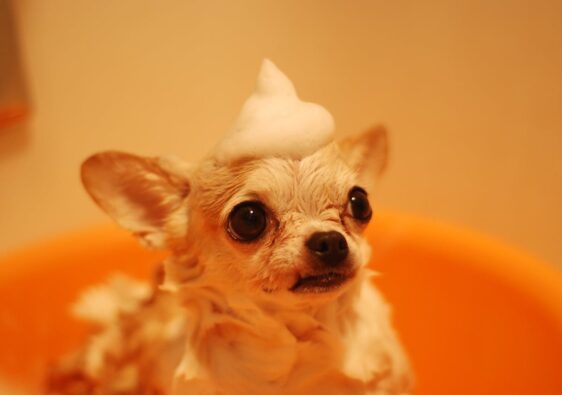If you’re a proud new sugar glider parent, congratulations! These little marsupials are cute, cuddly, and make great pets.
Sugar gliders look like flying squirrels, though they are more similar to kangaroos in the fact that their mother carries them in their pouch when they are young. In the wild, these animals are nocturnal and very social.
Naturally, sugar gliders need special care since they are an exotic animal. Keep reading for a complete guide on how to care for a sugar glider.
Diet
Sugar gliders are omnivores, meaning they eat both plants and animals. They have specific dietary requirements you must follow to keep them in good health. In the wild, sugar gliders eat a variety of insects and tree sap.
In the wild, they do not consume a lot of fruit, and this is a problem found among pet sugar gliders. Be sure to feed your sugar glider a mix of 50 percent pelleted food for their nectar source, 25 percent protein such as cooked eggs or mealworms, and 25 percent leafy greens and a smaller amount of fruits like apple or mango. You can also make a homemade recipe called Leadbeater’s mix that has proven to be great for sugar gliders’ health.
Since sugar gliders graze all day in the wild, allow them to graze at home. Also, make sure to keep a dish or bottle filled with water in their cage and refresh it daily. It is a good idea to find an exotic animal veterinarian to consult if you have any questions about your glider’s diet.
Cage
For a single sugar glider habitat, use a cage no smaller than 3′ x 2′ x 3′ in size. The larger the cage, the better, since sugar gliders like having lots of space to jump around. Sugar gliders are talented escape artists, so be sure to buy a cage with bars spaced no more than half an inch apart.
Place a large bag high in the cage for your sugar glider to sleep and hide in during the day. You can also place some shredded paper on the bottom of the cage to make it comfortable.
Sugar gliders also enjoy having branches and shelves at different heights in their cage. When picking out sugar glider supplies, choose a variety of toys such as exercise wheels and bird swings to keep them entertained.
Make sure you place multiple food dishes and a water source in their cage. Try to keep the temperature around 75 to 80 degrees Fahrenheit, as this is closest to their natural habitat.
Play Time
Since sugar gliders are social animals, they do best in pairs. If you aren’t able to have two sugar gliders, try to find other sugar glider owners in your area. Get together to socialize them indoors once in a while, just be sure to keep an eye on them since they are curious creatures.
You can bond with your sugar glider by carrying it around in a pouch with you or by placing something of yours in its cage. They are scent-oriented animals so they will bond with you once they learn your scent.
How to Care for a Sugar Glider
With these tips, you’ll be able to make sure your sugar glider is happy and healthy. If you still have questions, be sure to consult your veterinarian on how to care for a sugar glider.
If you enjoyed this article, make sure to check out our other articles on pets.



